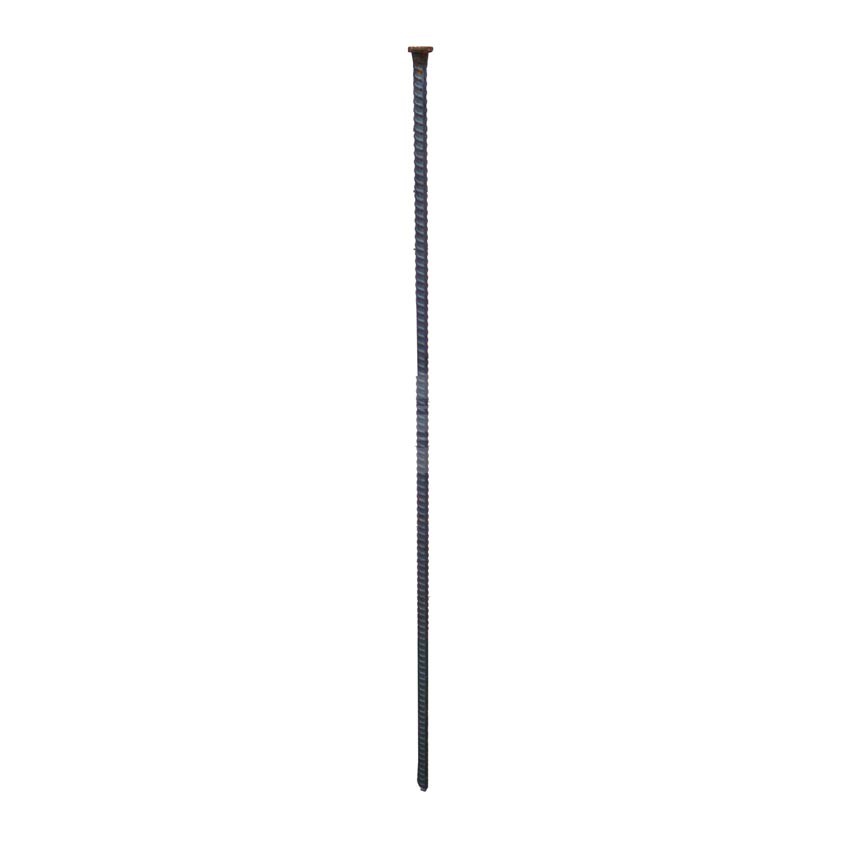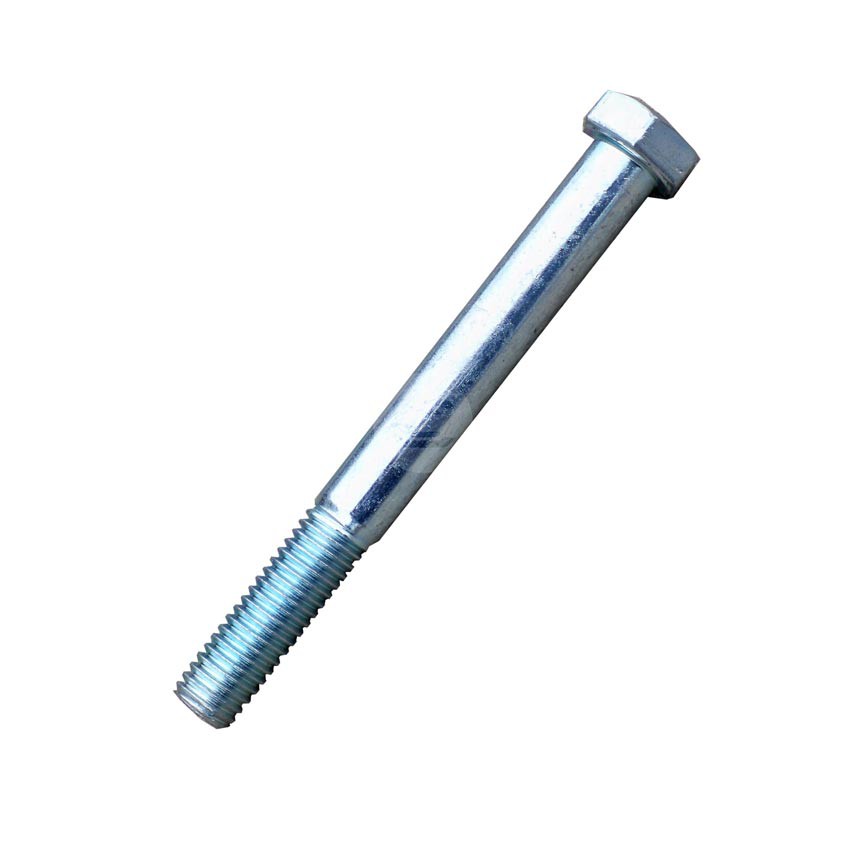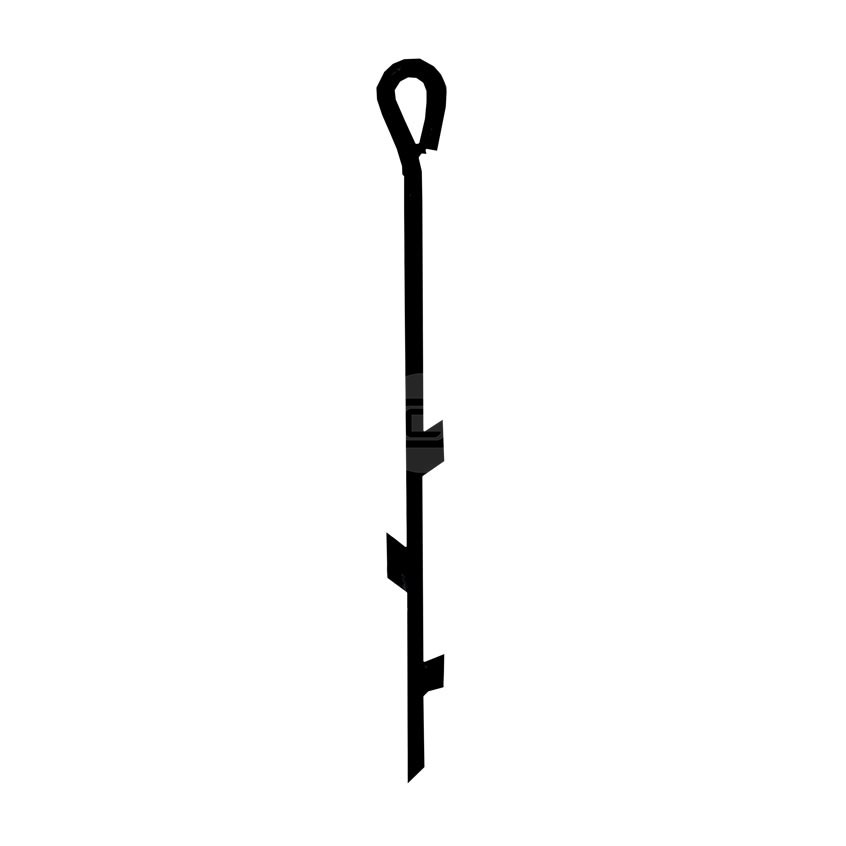
Securing your carport to the ground is crucial for durability and safety, especially when dealing with terrain like dirt or concrete. This article will outline clear, straightforward methods for anchoring your structure on any surface, ensuring stability regardless of weather.
Dive in and discover how to keep your carport firmly rooted where it stands!
Table of Contents
Importance of Proper Carport Anchoring
As we delve into the specifics, understanding the significance of proper carport anchoring cannot be overstated. Anchoring your carport correctly protects it from being tipped over or shifted by strong winds and extreme weather conditions.
It’s not just about keeping your structural investment safe but also about safety for people and property nearby. A carport that is not securely anchored can become a hazard, potentially causing damage to vehicles and other structures or even injuring individuals if it collapses or is lifted by wind.
Anchors provide stability and ensure the longevity of steel structures by holding them firmly to their foundations—be it a concrete slab, gravel foundation, or asphalt surface. The installation involves using specific anchors, such as rebar anchors for soil-based foundations and heavy-duty auger anchors for softer ground that needs extra grip.
For more permanent solutions on solid surfaces like concrete slabs, options include wedge anchors and expansion bolts that affix base rails tightly against the foundation. Each method ensures that no matter what nature throws at your carport—from hurricane forces to heavy snow loads—it remains steadfastly in place without swaying or buckling under pressure.
Types of Carport Anchors
Understanding the diversity of carport anchors is critical for a sturdy and lasting installation. Each type is meticulously designed to confront specific ground materials, ensuring your structure remains steadfast against nature’s forces.
Rebar Anchors for Dirt and Gravel
Rebar anchors are essential for securing a carport on a gravel or soil foundation. They dive deep into the ground, providing stability against wind and weather shifts. Despite their sturdiness, one must consider that natural erosion may affect their hold over time.
Anchor your carport correctly by drilling rebar anchors at least two feet into the dirt or gravel surface. The action creates resistance and reduces the risk of movement from external forces such as heavy winds.
Although erosion is inevitable, routine checks and maintenance of these rebar anchors will help keep your structure anchored securely for years.

Rebar anchor
Auger Anchors or Mobile Home Anchors for Soft Ground
Auger anchors provide a firm grip in soft terrain, twisting deep into the soil to secure your carport against strong winds and weather. These spiraling stakes are perfect for anchoring structures on uneven ground where traditional methods might not suffice. They act like screws that burrow below the surface, ensuring stability even when conditions get tough.
On the other hand, mobile home anchors specialize in clamping down on concrete foundations. Their rugged design allows them to withstand high pressure and erosion over time. When fixing your carport to a slab or block, these anchors keep everything tightly in place.
Now that you know how auger and mobile home anchors can anchor your structure firmly to softer grounds, let’s explore how different situations call for specific approaches with concrete anchors for permanent fixation.

Mobile home anchor
Concrete Anchors for Permanent Fixation
Transitioning from soft ground solutions, concrete anchors offer a solid and permanent method to secure your carport to harder surfaces. These anchors provide robust stability, especially in areas exposed to high winds or extreme weather conditions.
To install them correctly, select the appropriate drill bits for masonry projects and prepare your tools—this will include a hammer drill for creating pilot holes on the concrete surface.
Place concrete anchors at least 4 inches away from the edge of the slab to prevent cracking. Drill into the concrete carefully so as not to erode or damage it. Once you’ve made your holes, insert the anchors and tighten them with bolts until they are snugly attached to your carport frame and the foundational stone beneath.
Receive Quotes from Multiple Barndominium Builders & Kit Providers Near You Today (It's Free!)
Fill in this 1-minute form below and receive estimates for your project without having to find them yourself! Let them do the work.
Securing hurricane ties can also add extra hold, ensuring that any structure remains immovable even during severe storms. With these steps complete, trust that your carport is locked firmly in place thanks to reliable concrete blocks and grout that form an unyielding bond between steel and stone.

Concrete anchor
Asphalt Anchors for Paved Surfaces
Asphalt anchors are essential for securing carports to paved surfaces, ensuring they stay firmly in place despite challenging weather. Viking Steel Structures recommends that asphalt anchors can also be used to hold metal buildings on an asphalt foundation. Unlike other anchor types that may be more suited for softer terrain, asphalt anchors are specifically engineered to latch onto the tough composition of blacktop.
They provide a durable, sturdy solution that combats erosion and wear over time.
Installing these heavy-duty metal anchors requires precision and an understanding of how asphalt behaves under pressure. The process involves drilling into the pavement without causing damage, which demands careful handling and expertise.
Once installed, these robust attachments offer peace of mind by significantly enhancing the stability and safety of your carport on any paved surface.

Asphalt anchor
Step-by-Step Anchoring Procedures
Within this comprehensive guide, we’ll walk through systematic anchoring procedures tailored to various surfaces, equipping you with the knowledge to install your carport securely on dirt, gravel, asphalt, or concrete.
Master the techniques for affixing your structure with confidence and precision as we delve into detailed steps that promise a steadfast and durable setup amidst any terrain or weather conditions.
Anchoring to Dirt and Gravel
According to Boss Buildings, anchoring a carport to dirt or gravel requires precision and understanding of the terrain. Strong winds and harsh weather can erode loose soil, making a secure anchor vital for long-term stability.
- Choose an ideal location that’s flat and does not accumulate water. Start by leveling the ground where your carport will stand to ensure a stable base.
- Select rebar anchors for their strength in gravel or soil foundations. Drive them deep into the ground at each corner of your carport, using a sledgehammer to ensure they’re fixed firmly.
- Use mobile home anchors for areas with soft ground that might shift or settle. Twist these into the earth using a metal bar to leverage until fully submerged.
- To combat potential erosion around anchor points in dirt or gravel, surround them with concrete. This provides extra stability and can help prevent the ground from washing away.
- Ensure each anchor is attached securely to the carport legs. Check for any movement after installation to confirm they’re holding tight.
- After securing your anchors, double-check their tension. Taut anchors mean less room for movement and more resistance against strong winds.
- It is worth noting that an article by Houshia.com suggests that this is a process similar to that used to install a carport on crushed stone.
Anchoring to Asphalt
Anchoring a carport to asphalt requires precision and the right materials. A secure installation can withstand strong winds, heavy rains, and snow accumulation, ensuring your structure remains stable.
- Identify the location for your carport and mark where each anchor will go using chalk or spray paint.
- Drill pilot holes through the asphalt into the ground beneath to guide where your anchors will be placed.
- Clear any debris from the holes to ensure a clean area for the anchors.
- Insert asphalt anchors into each hole; these are specially designed to grip tightly onto paved surfaces.
- Drive the anchors using a hammer or specialized driving rod that efficiently transfers the impact force.
- Affix brackets or straps from the carport legs to the installed anchors, ensuring they’re snug and secure.
- Tighten all connections between your carport frame and the anchors to prevent any movement.
- Double-check each anchor point, applying additional torque if necessary for maximum stability.
Anchoring to Concrete
Securing your carport to a concrete base ensures stability and longevity. Concrete anchors are the go-to choice for a tough and durable hold.
- Begin by drilling pilot holes into the concrete using a hammer drill with a masonry bit that matches the size of the concrete anchors.
- Position your carport’s mounting brackets over these pilot holes.
- Insert the concrete anchors through the brackets’ holes into the pilot holes you’ve drilled in the concrete.
- Tighten each anchor securely, ensuring they’re at least 4 inches away from the edge of the concrete to avoid potential breakage.
- Use a torque wrench to ensure all bolts are tightened to the manufacturer’s recommended specifications, achieving optimal hold without over-tightening.
- Double-check each anchor point for solidness after installation to confirm no movement or looseness in any part of your carport structure.
Tips for Selecting the Right Carport Location and Anchor Type

Choosing the ideal location and anchor type for your carport is a crucial step that demands thoughtful consideration of your environment’s specific characteristics. Let this guide empower you to make informed decisions, considering factors such as soil composition and local weather patterns, to ensure a stable and enduring carport setup.
Assessing Ground Conditions
Before anchoring a carport, evaluate the ground where it will stand. Inspect for stability and levelness; unsettled or uneven ground can lead to structural issues later on. Look out for soft spots that might need reinforcement, signs of previous erosion, and areas where water may pool. Hard surfaces such as concrete or asphalt should be free of cracks that could indicate weakness.
Using the right anchors for your carport depends heavily on these conditions. For example, rebar anchors sink well into firm soil, while auger anchors are better suited for softer grounds prone to wind lift.
In contrast, solid concrete foundations typically require bolt-down concrete anchors to ensure a secure hold. Proper assessment not only prevents future problems but also steers you toward the most suitable choice among various types of carport anchors—rebar, auger, asphalt, or concrete—to match your specific situation, effectively ensuring the longevity and safety of your structure.
Understanding Local Climate and Weather Patterns
Understanding your local climate and weather patterns is crucial when choosing the location for your carport and deciding on the best anchoring method. High winds, heavy snowfall, and extreme temperatures can all challenge the stability and durability of your carport.
By taking into account these environmental factors, you ensure that the chosen anchors will hold firm in adverse conditions. Selecting a sheltered area might reduce wind exposure, while areas away from trees may lessen the risk of damage from falling branches under heavy snow.
Place your carport with foresight into seasonal changes; consider how shifting weather patterns throughout the year could affect its structure. For example, if your region experiences frequent storms or high winds, opting for heavier-duty auger anchors would prevent erosion around anchor points.
Moreover, assessing whether cold temperatures could make certain materials brittle helps prevent potential structural failures over time due to freeze-thaw cycles. This forward-thinking approach reinforces safety and minimizes maintenance needs by ensuring a secure installation adapted to local climate nuances.
Considering Accessibility and Usage
While weather patterns play a crucial role in the stability of your carport, ease of access and functional use are just as vital. Selecting the perfect spot for your carport involves more than just assessing ground conditions; it’s about tailoring the site to fit how you’ll utilize this structure.
Ensure that entrances are wide enough for vehicles or equipment, and consider proximity to roads or buildings for effortless approachability.
Keep in mind future needs as well—will this space accommodate additional cars or serve different purposes down the line? It’s not merely about anchoring securely; it’s equally about ensuring day-to-day usage is convenient and adaptable.
Planning with foresight guarantees that your anchored carport stands not only firm against elements but also aligns seamlessly with your lifestyle and activities.
Conclusion & Tips for Ensuring a Secure Carport Installation
Securing your carport properly to the ground is vital for stability and peace of mind. Choose the right type of anchor for your surface, be it dirt, gravel, asphalt, or concrete. Follow our step-by-step procedures to ensure a firm hold against the forces of nature.
Remember, a well-anchored carport stands strong in adverse weather and protects your vehicles for years. Trust in your skills – you’ve got this!
If you want to see more content about alternative housing solutions such as barndominiums, pole barn homes, and shipping container homes, follow our Facebook Page.

